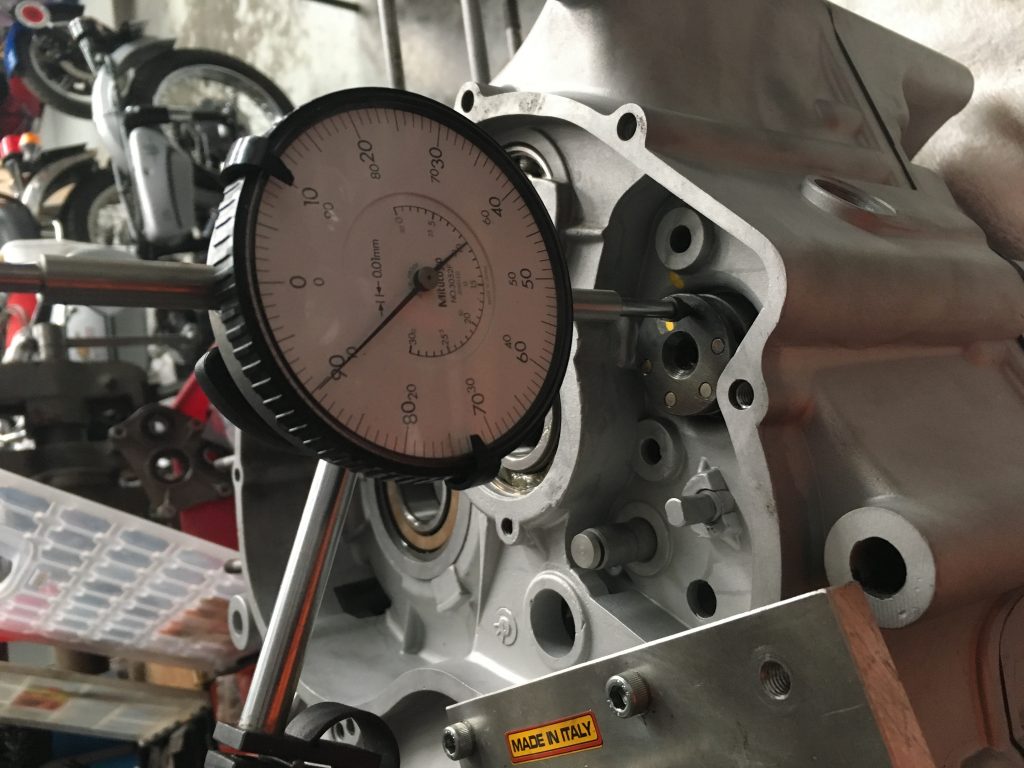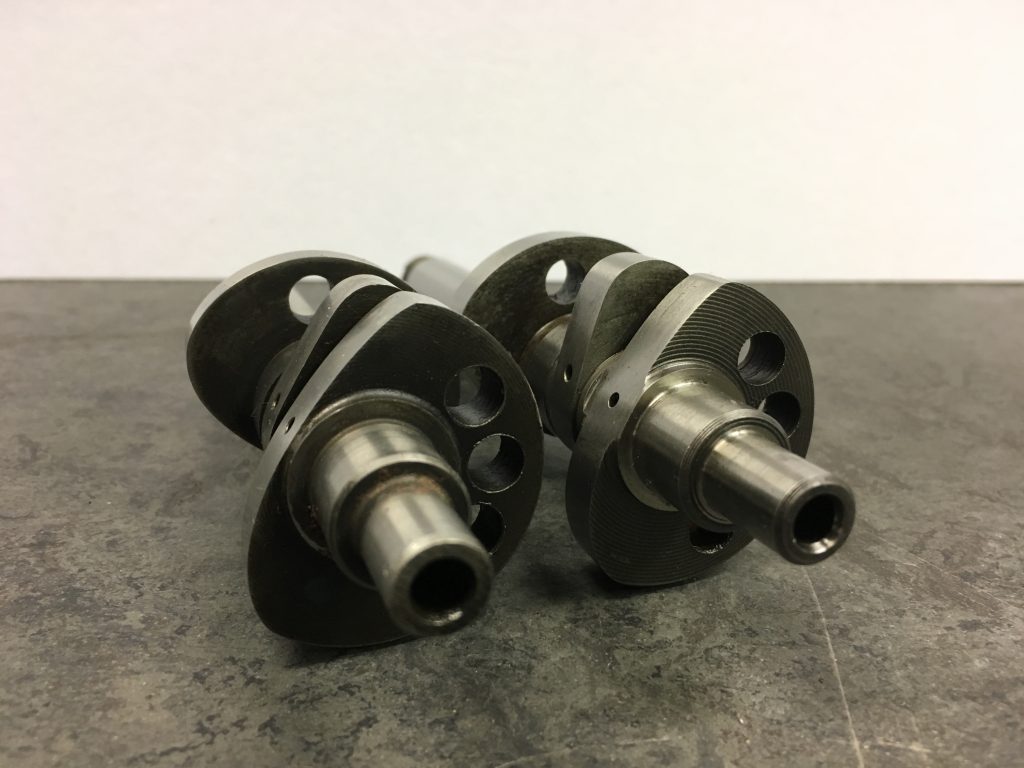
Creating an NCR Replica
This is the story of the building of a 1979 NCR Replica, which was completed in April 2019, 40 years after the originals. It is not intended to give a step by step account of the project or to provide specifications of components, dimensions or materials used for each item. However there are components on the motorcycle made from chrome molybdenum, titanium, ergal, magnesium and other high grade aluminium all to reduce weight and provide the necessary strength where required. The finished product is over 40 kilograms lighter than a 1979 900SS.
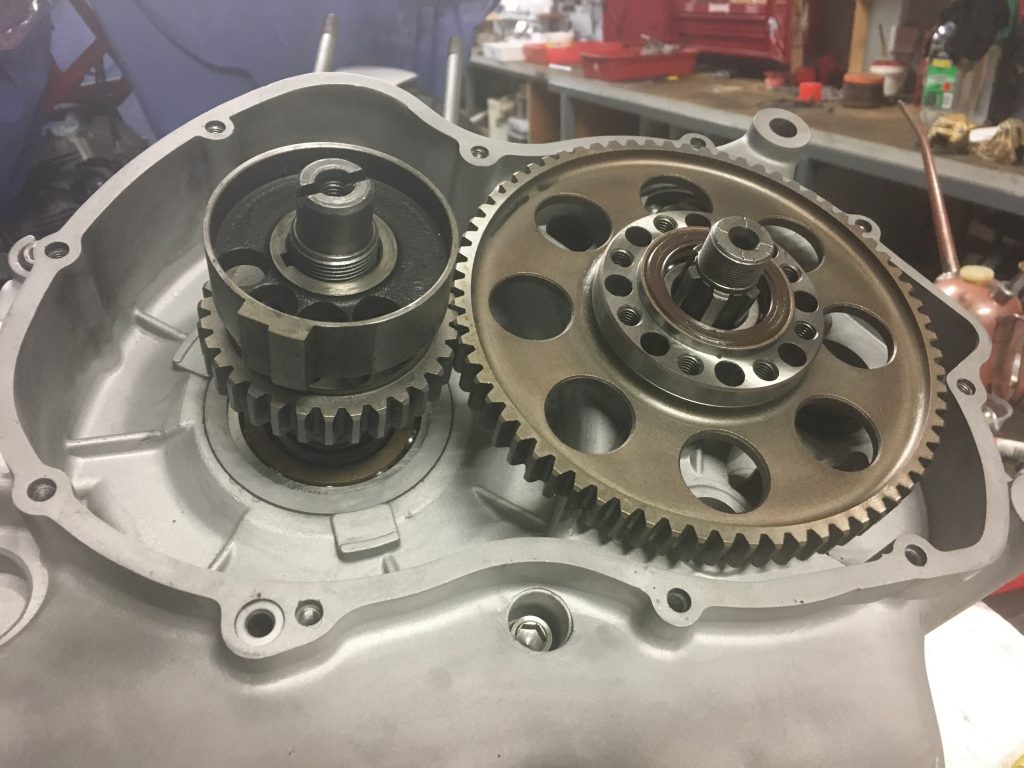
The story begins in 1981 when I was offered my first ride on a Ducati. The bike was a 1976 900SS that had spent part of its life on the race track, but had been returned to road use, still retaining many of the race components. For the bodywork it was fitted with a Ducati fibreglass race tank, and a replica fairing from a 1978 NCR. It was also painted in the traditional red and silver paint scheme of an NCR. A paint scheme that suited the Ducati but also really stood out
This motorcycle made an impact, the performance and looks was something that inspired me.
I instantly wanted a Ducati after having ridden the SS. I was very fortunate to be offered a 1973 750 Sport in November 1981 which I purchased and still own today.
Over the years I collected as many photos, technical articles and specifications on the NCR racing machines that I could, as I dreamed of one day making some form of replica of one of these amazing race bikes. The more I researched, the more I learnt that these machines were very exotic and in fact used very little in the way of production components. Many items look similar but are made to either finer tolerances, better materials or totally are different to production items. The front forks are a good example of this. I was even fortunate enough to obtain some genuine NCR components.
In 1997 I purchased 1974 750GT with the intention of making a replica of a mid 1970’s Formula 750 racebike, as used by Scuderia Spaggiari. This was much easier to replicate and produce as the majority of components on these motorcycles were either production items or modified production items. This machine was finished in late 2002, however the NCR was still my ultimate goal to replicate.
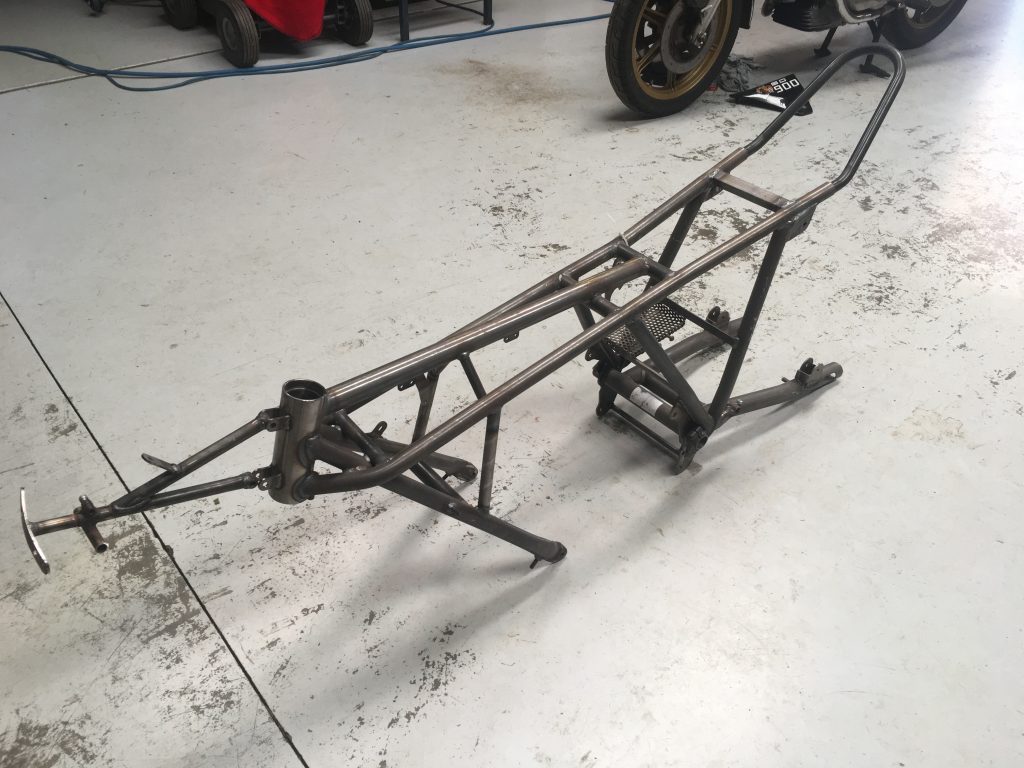
In 2001 I purchased a chrome moly Verlicchi SS racing chassis to base my NCR replica on. I knew the Verlicchi chassis wasn’t correct but I thought finding a Daspa chassis as used by NCR was not a possibility. The Verlicchi chassis being chrome moly was lighter and stronger than a standard Ducati chassis. I intended to modify this chassis to look as close as possible to a Daspa.
Most Ducati fans are aware of the 1978 NCR, as this was the machine that Mike Hailwood won on at the Isle of Man that year. The 1978 model had very special crankcases that were impossible to obtain, so that ruled out making a replica of this, but fortunately for the 1979 season the FIM had made a rule change to the Formula 1 category which stated that production crankcases had to be used. So I chose to make a replica of the 1979 NCR and the next item I obtained was a 1979 Ducati engine minus heads. The only items used from this were the crankcase halves as all of the internals for the replica were once again quite special.
This sourcing of components continued for the next 16 years, but many items couldn’t simply be purchased. Many had to be made or modified as was originally done by NCR.
Fortunately being a Fitter Machinist with a good range of machine and hand tools in my workshop, this made the realisation of an accurate replica a real possibility. I say this because over the years I have seen many articles and bikes purporting to be NCR replicas, but some were nothing more than a paint job and a few decals. Some people had gone a bit further and fitted replica bodywork and a few modified parts but my intention was to make something as accurate as possible.
This meant spending many hours machining parts out of solid blocks of material, getting components specially cast and sometimes fabricating or forming items by hand. This process continued for many years as I slowly assembled a collection of items that one day would culminate in the assembly of 1979 NCR.
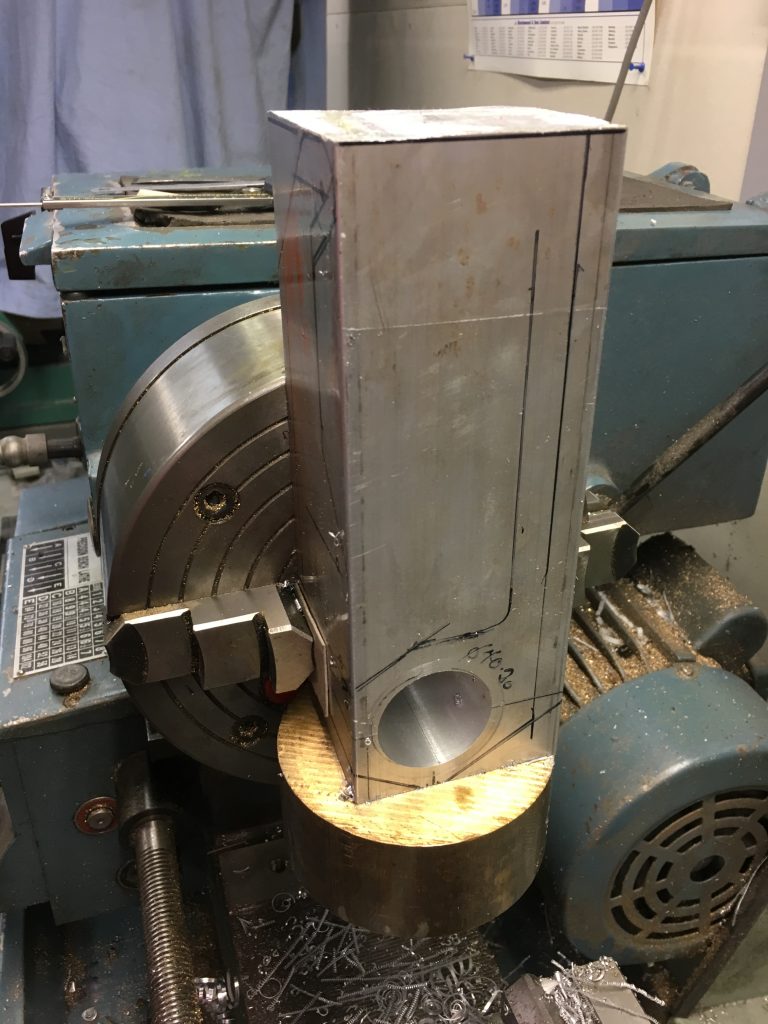

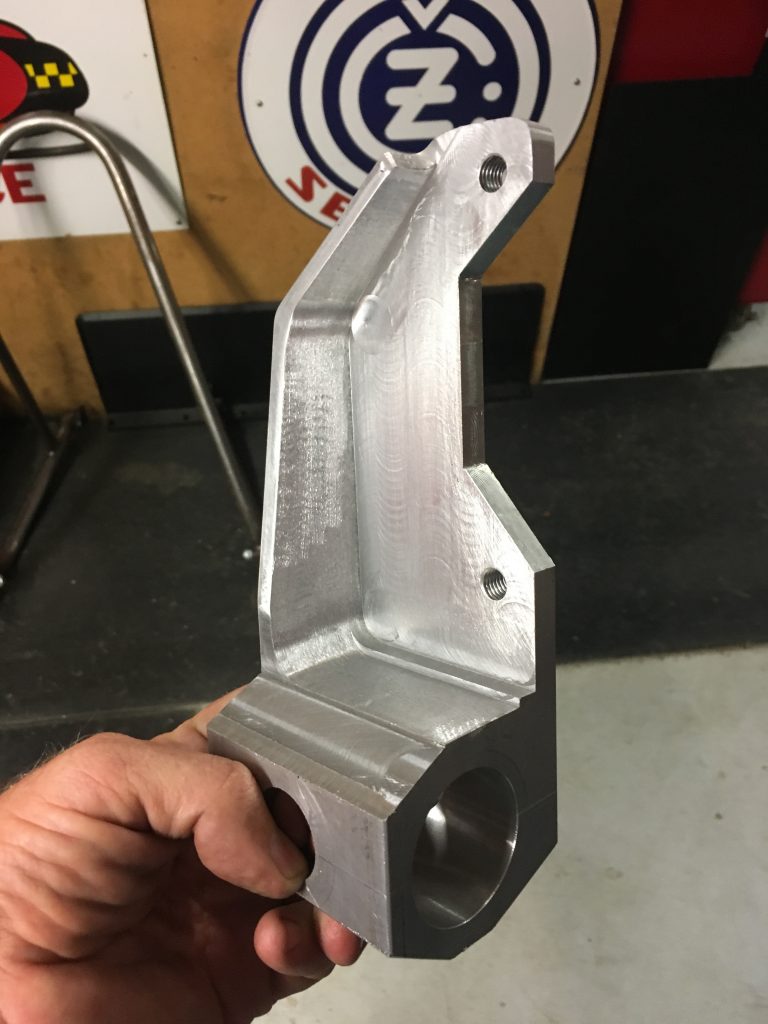
Later on a Daspa chassis was sourced so the Verlicchi was sold, 1979 bodywork was located and even a genuine Ducati Factory exhaust purchased.
2017 was the beginning of the assembly process of this project, and even this stage did have some major hurdles to overcome. A 1979 set of Ducati crankcases didn’t fit straight into a 1979 Daspa chassis. Many hours of modification and machining and I finally could fit the bare cases into the chassis. A lot of the assembly proved to be like this, with some components being made 2 or 3 times until I was totally satisfied with the quality of the finished product.
All of the work undertaken on this project was carried out by myself except for the eye catching paint work, which really highlights what beautiful motorcycles the NCRs were.
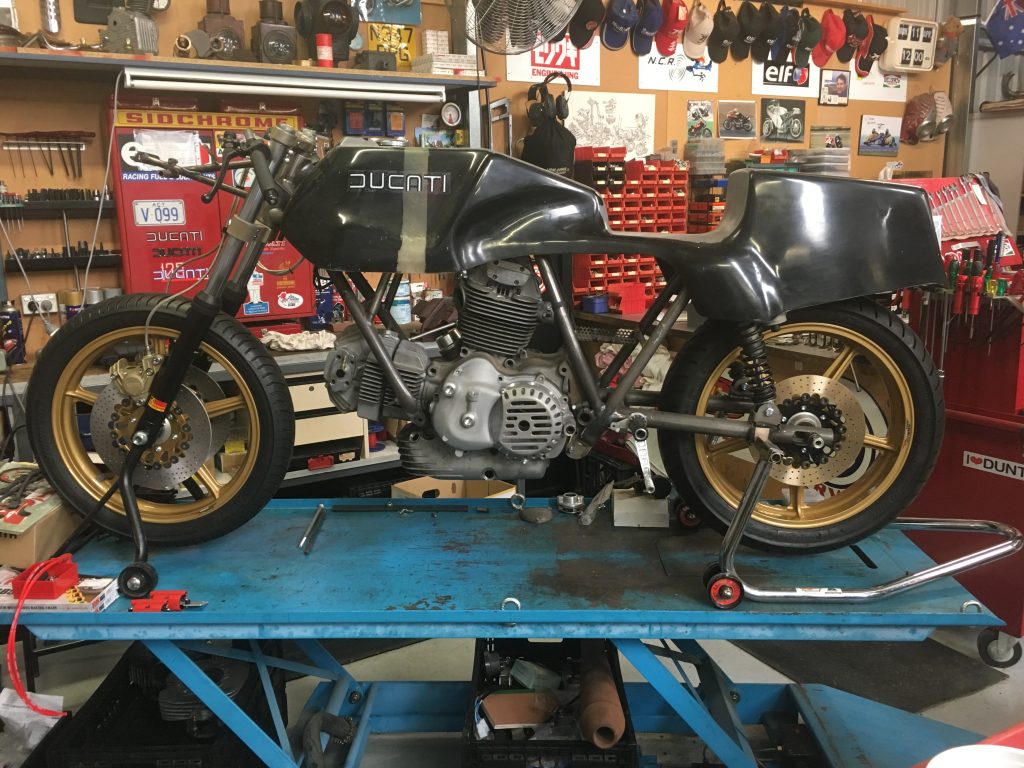


The motorcycle was finished the day before the 2019 Autoitalia vehicle display in Canberra where it won, Best Sorts/Race Bike, and Best Motorcycle on Show.

Specifications of 1979 NCR Formula 1 Replica
Engine: 905cc displacement, 11.4 to 1 compression ratio. 42mm inlet & 38mm exhaust valves. Factory racing camshafts.
Ignition: Ignitech programmable ignition module.
Carburettors: Malossi 42.5mm race.
Gearbox: NCR 5 speed close ratio.
Clutch: Multi plate dry clutch, with straight cut primary drive gears.
Chassis: Daspa Chrome Moly.
Suspension: Marzocchi 38mm front forks specifically made for NCR with progressive springs and modified valving.
Marzocchi gas pressurised rear shocks with preload adjustment
Wheels: Marvic cast magnesium wheels in Campagnolo pattern
Tyres: Avon AM22 & AM23 treaded racing
Brakes: Brembo Goldline 08 callipers.
280mm floating front discs.

